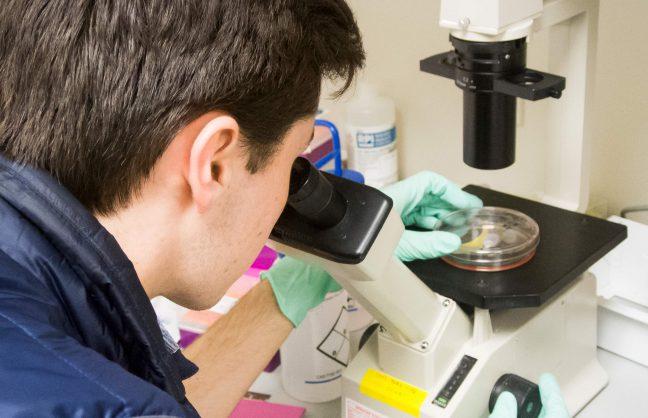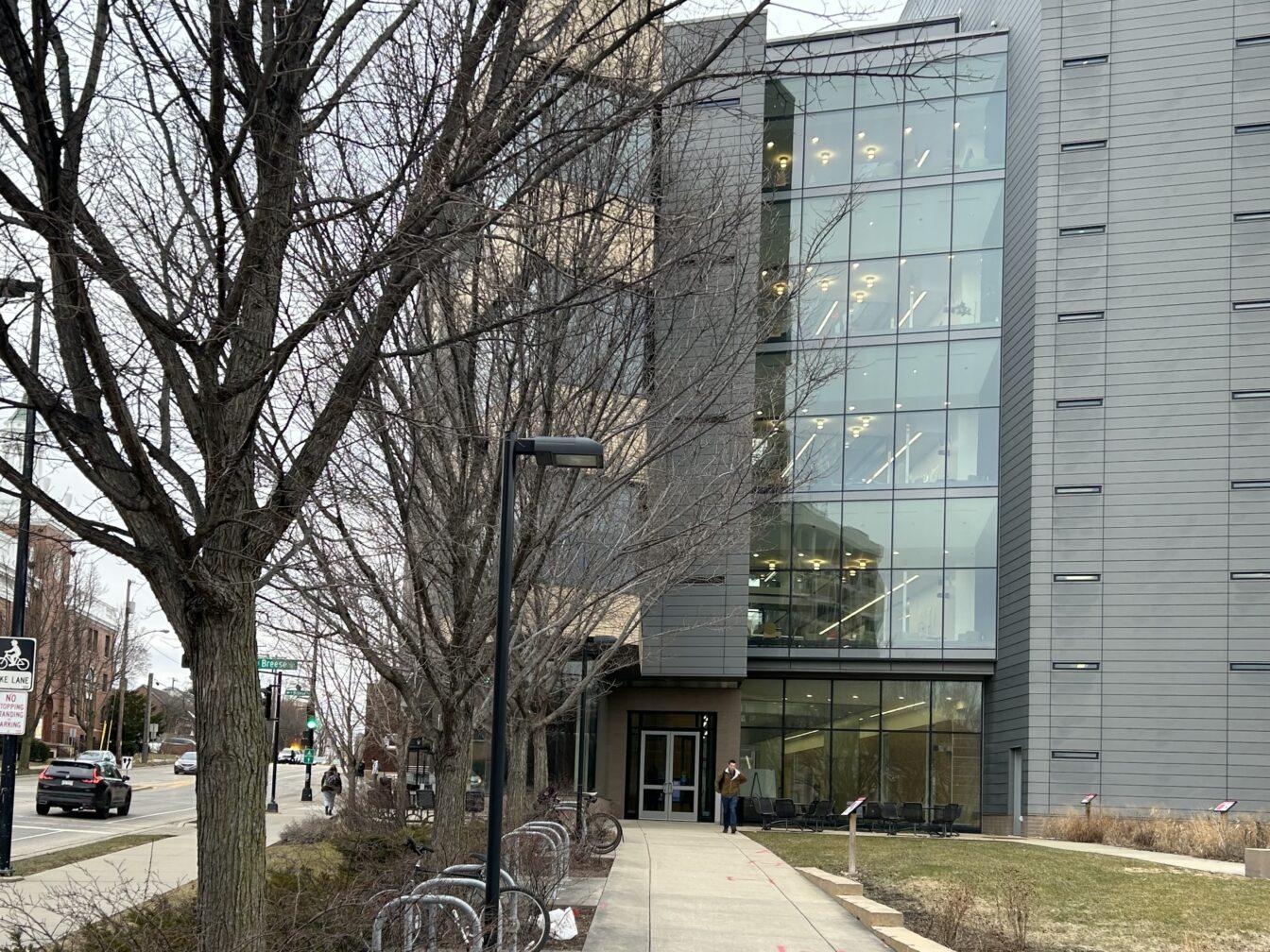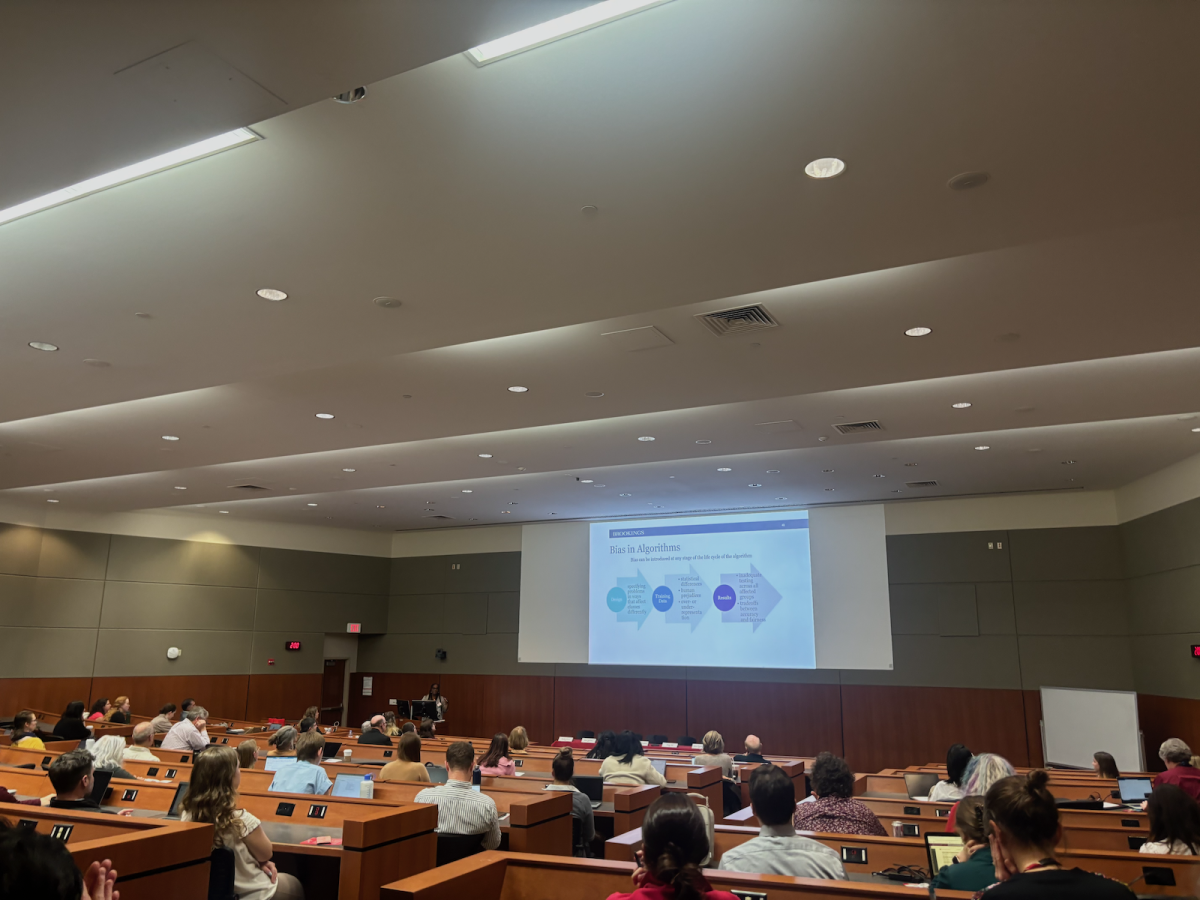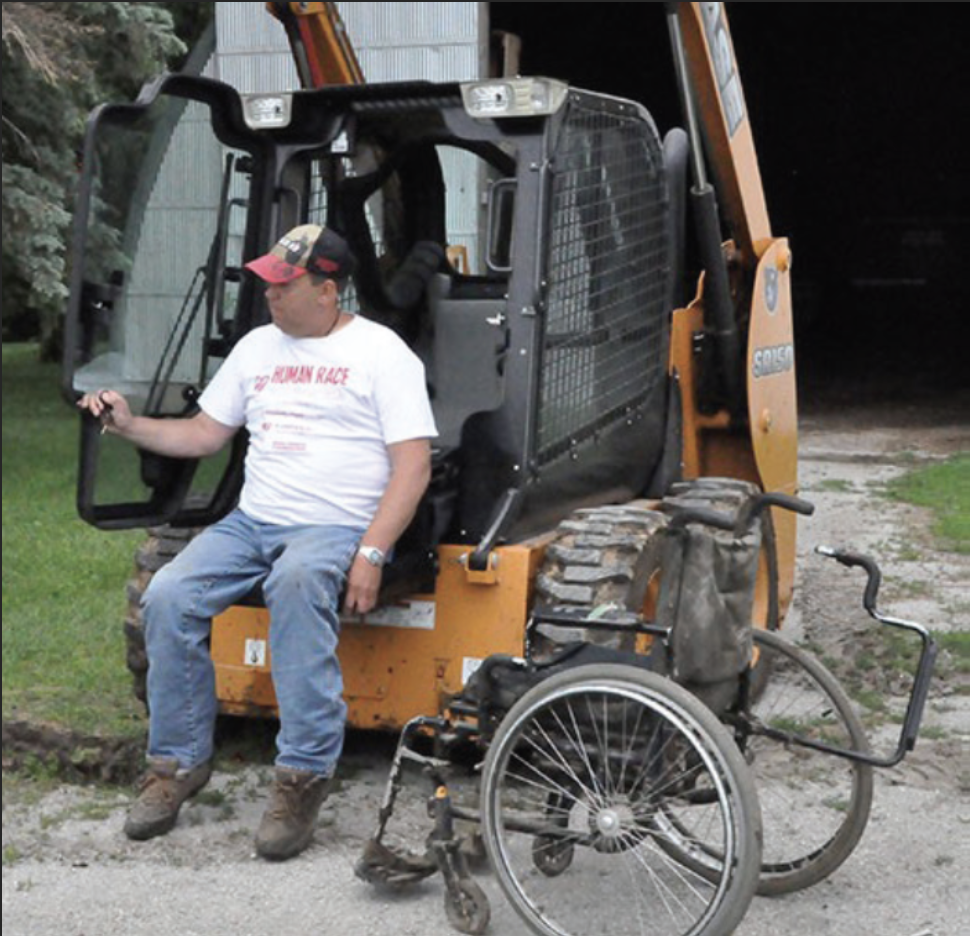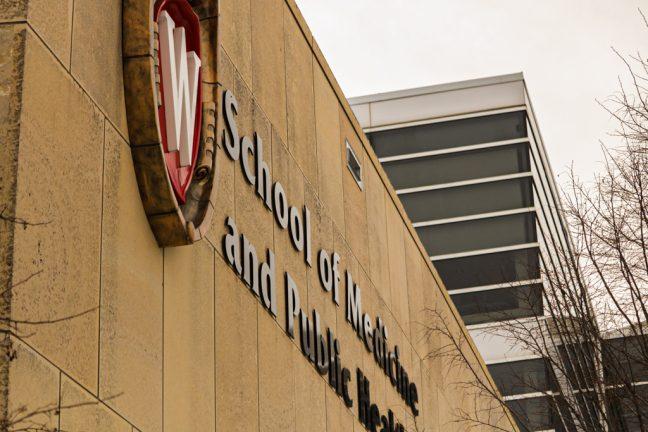Two University of Wisconsin undergraduate students are developing medical technology to allow doctors to detect diabetic foot ulcers and intervene with earlier treatment.
Senior biomedical engineering major Thor Larson and junior industrial engineering major Jan Wodnicki are targeting diabetic foot ulcers to prevent more serious consequences of diabetes.
“A common symptom of diabetes is peripheral neuropathy, so people lose sensation on the bottom of their foot and that can lead to ulceration, which is pretty much a sore on the bottom of the foot that breaks through the surface of the skin and can lead to infection and later amputation,” Larson said.
The pair are researching the creation of technology which would use machine learning and thermal imaging to detect ulcers before they break the skin surface. They received the chance to present their research at the Bay Area Global Health Innovation Competition.
They started working on the research in a biomedical engineering course in fall of 2019. They were initially working on an imaging apparatus, but quickly turned to data and analysis to further the research.
“The data set that we had started as a BME design project and we were brought about 250 images [of] diabetic feet from healthy all the way to ulcerated and then we can kind of feed that all into a model and it kind of learns what patterns on the foot kind of indicate an ulcer,” Larson said.
AstraZeneca changes vaccine efficacy estimate, experts say vaccine is still highly effective
UW College of Engineering professor and research advisor Justin Boutelier said the project originated with alumni Kayla Huemer (‘18), who started it as a Fulbright scholar in India and later brought it to UW biomedical engineering.
Larson and Wodnicki’s work expands upon the original data brought from India, where diabetes is a major concern.
“They call it the diabetic capital of the world,” Larson said. “It’s a very rampant problem. It has to do with access to healthcare resources and lifestyle in India.”
Larson and Wodnicki hope their technology will enable doctors to treat patients earlier and allow rural patients to better care for themselves in underserved areas. Not having access to consistent healthcare is a contributing factor to the number of diabetes cases in India.
Boutelier said mobile health was a strong avenue to consider in India in particular.
“Mobile phone penetration in India is fantastic, probably better than the U.S. or similar to the U.S. so there is that infrastructure in place to sort of leverage,” Boutelier said.
Inaugural Mental Health & Wellbeing Summit, week of care seeks to boost students’ mental health
By continuously monitoring their conditions at home using thermal imaging and a mobile app, patients would be able to seek clinical help when they present as higher risk. Mobile health is just one of two applications the pair envision for the technology.
It could also be incorporated into a triage approach in the hospital. Clinicians could quickly test to see if patients are high or low risk and proceed with treatment accordingly. Both applications would help to ease the burden on health professionals.
“If we can detect ulceration early, we can more efficiently help hospitals allocate resources better,” Larson said, adding it would help in, “allocating treatment to the patients that need it the most, when they need it the most.”
Further, because the technology provides a less expensive option than what is currently available, it makes treatment more accessible to poorer patients.
While the technology is still in the research phase, Wodnicki says they are currently able to accurately judge whether a patient has an ulcer based off of thermal data.
“We achieved 89% accuracy in our ulcer prediction and that was with a pretty small data set, so that was really exciting to see and motivating,” Wodnicki said.
The pair plan to continue this research, but COVID-19 delayed their plans to travel to India and gather more data. Instead, they are considering a study based in Wisconsin to gather more longitudinal data for machine learning.
Wodnicki recognized the differences between patients in Wisconsin and India, but the pair still see Wisconsin as a valuable option.
“The applications for it in Wisconsin are a little bit different because patients go to the clinic more regularly and fewer patients are undiagnosed,” Wodnicki said. “So, there are certainly different applications that we need to first investigate before we do a trial, but we certainly want to do that.”
The undergraduates still plan on traveling to India in the future and continue to focus their work based off of the original dataset they have from the area. They are continuing to expand their research to increase prediction accuracy and work toward clinical trials.








